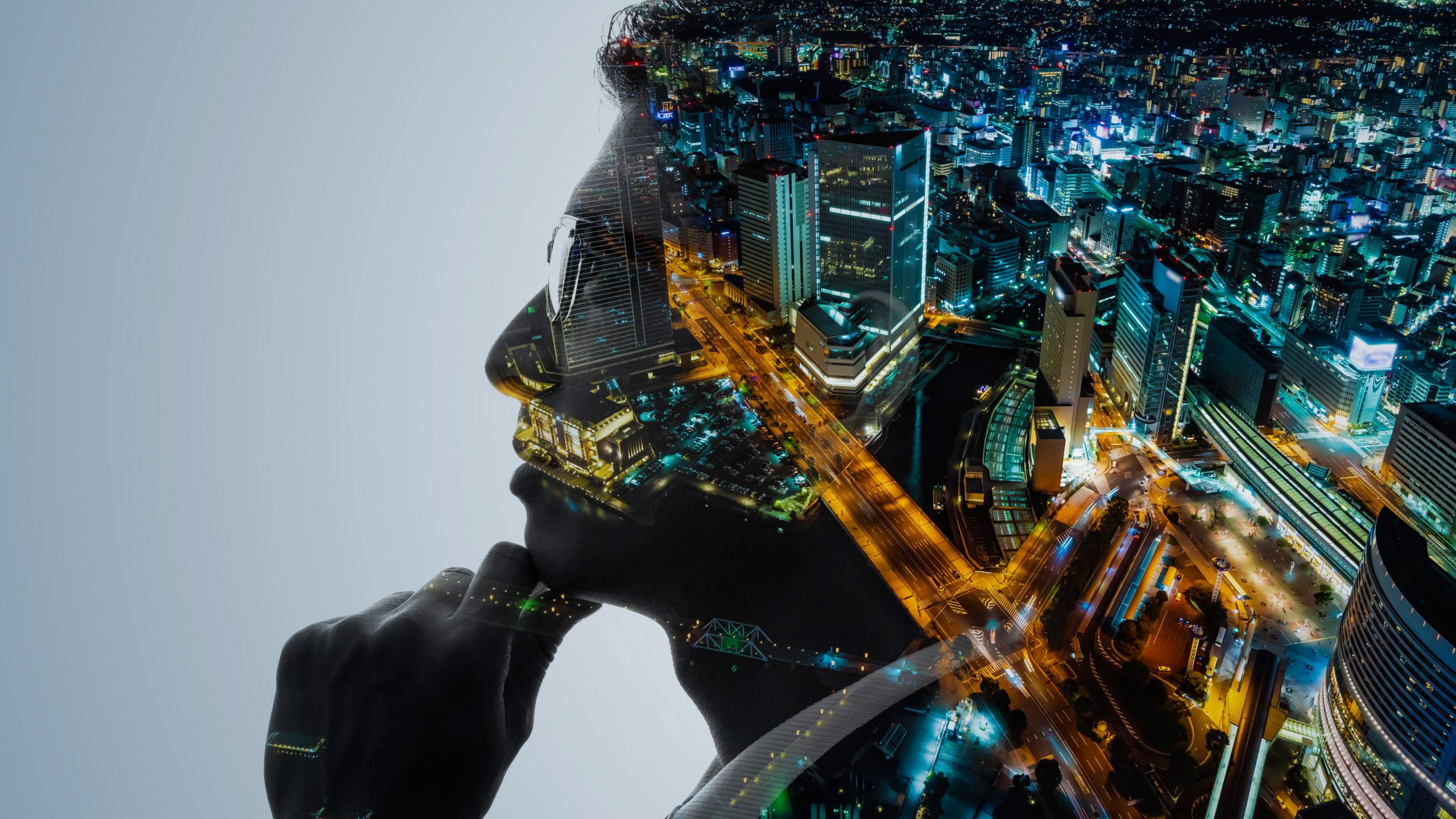21 May 2023

In general terms, transformation design is a human-centered, interdisciplinary process aiming to achieve desirable and long-lasting changes in persons, systems, and organisations’ behaviour and form. It’s a multi-stage, iterative process that applies design concepts to complicated systems.
In architecture, transformation is defined as “The principle that an architectural concept, structure, or organisation can be altered through a series of discrete manipulations and permutations in response to a specific context or set of conditions without a loss of identity or concept.”
Transformative design and sustainable design often go hand in hand. Transformative design seeks to re-think how we do things, and sustainable design urges us to think about the materials we use and how we design a product with the least effect on the earth.
The phrase ‘sustainable design’ is used in various fields and refers to a process incorporating an environmentally friendly approach and considers natural resources. To produce a brighter future for humanity by consuming earth’s resources wisely and in small quantities, it’s a philosophy used by many organisations and governments. Those with advanced design strategies have a greater chance of implementing sustainable design than those without.
Transformation design begins with the end-user in mind. Designers spend a lot of effort not just studying how consumers use the system now and how they intend to use it in the future, but also co-creating the designed solutions with them.

The concepts listed here are general guidelines you can use to create a long-lasting design or service. The concepts consider the environment, people, economics, and culture in general. These variables should be considered in the design of any product or service.
Before designing a product’s layout, the designer should consider how the shape will affect energy consumption, as well as how the size will affect packaging, transportation costs, and fuel emissions.
One of the major challenges to many customers switching from non-sustainable to sustainable products is the cost of many of today’s sustainable items. As a result, it is the responsibility of the designer and decision-makers to reduce the cost of present sustainable products.
Designers should consider building products that depend on renewable energy, such as solar panels and wind farms.
In an indirect way, the product’s function and usability contribute to its sustainability because it allows consumers to use the product more easily in less time and with less energy consumption. People don’t want difficult-to-use products, so usable products help to reduce waste and throwaways.
To achieve zero waste, things must either be durable enough to last a long period or 100% recyclable and turned into new products. Using both strategies can let products be recycled multiple times and reduce reliance on earth’s resources.
Materials play an important role in sustainable design, with every designer looking for materials that are easily recycled or that the earth can recreate in a short time.
Transformation designers aren’t often referred to as “designers” because the process involves so many different viewpoints, but could be considered as moderators. These moderate designers offer hands-on, collaborative workshops, making the design process open to non-designers using a variety of approaches of participation and co-creation.
Workshop ideas are quickly prototyped and tested with a group of end-users in the real world. Their reactions to the prototypes and their thoughts on them, are documented and fed back into the workshops and the production of the next prototype. This process is also known as design thinking.
For centuries, architects have been trained to think and develop solutions using the design process steps. Design thinking is a non-linear iterative process that teams use to understand users, challenge assumptions, redefine problems and create innovative solutions to prototype and test, involving five phases- Empathize, Define, Ideate, Prototype, and Test. These phases don’t always run sequentially, and teams often run them in parallel, out of order and repeat them in an iterative fashion.

They can imagine the world from multiple perspectives—those of colleagues, clients, end-users, and customers.
They not only rely on analytical processes but also exhibit the ability to see all of the aspects of a problem and create solutions that go beyond and dramatically improve on existing alternatives.
They assume that no matter how challenging the constraints of a given problem, at least one potential solution is better than the existing alternatives.
Significant innovations don’t come from incremental tweaks. Design thinkers pose questions and explore constraints in creative ways that proceed in entirely new directions.
The best design thinkers don’t simply work alongside other disciplines; many of them have significant experience in more than one.

